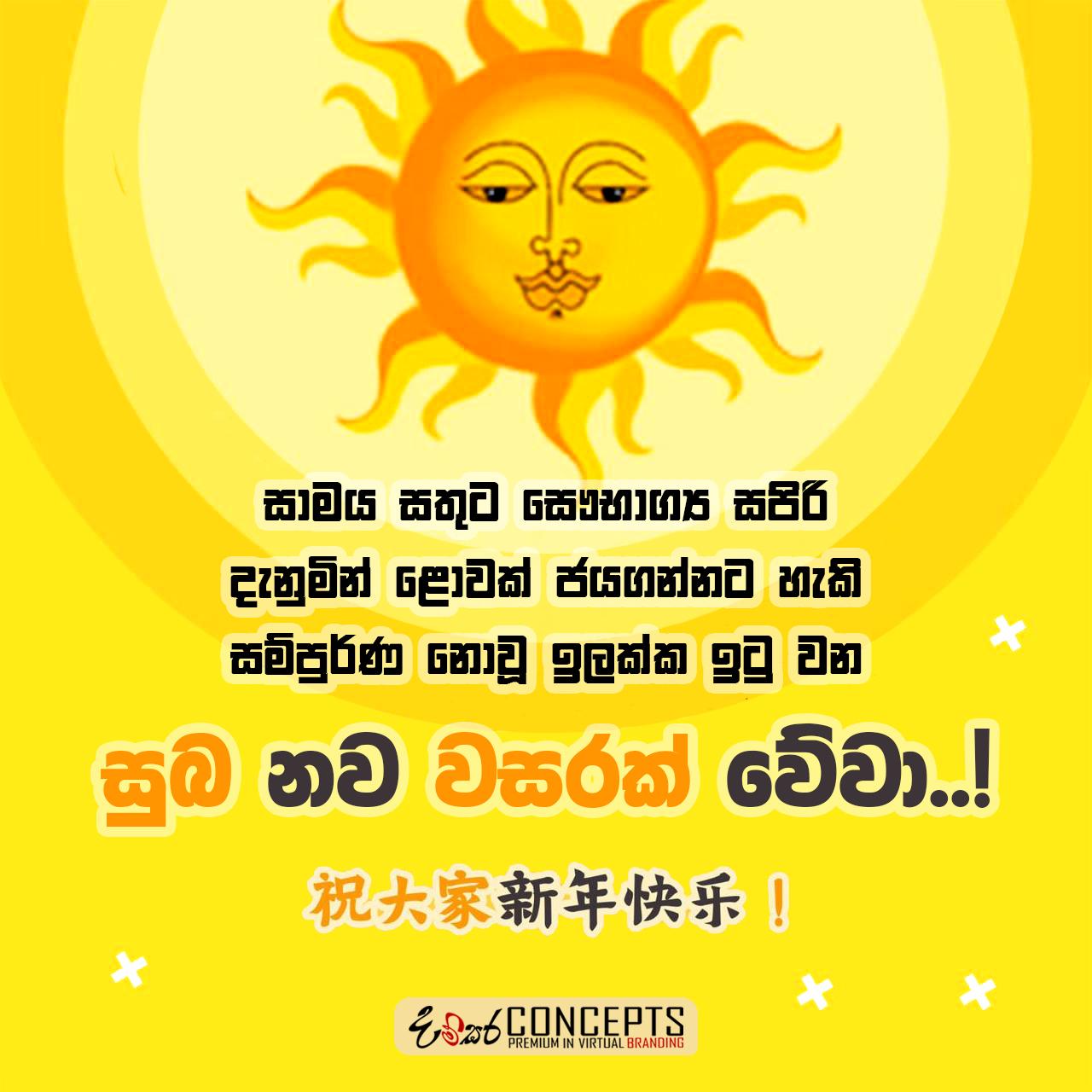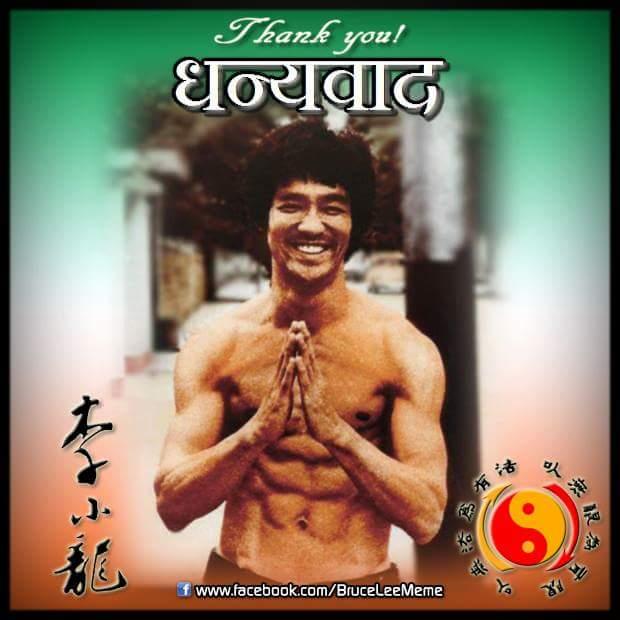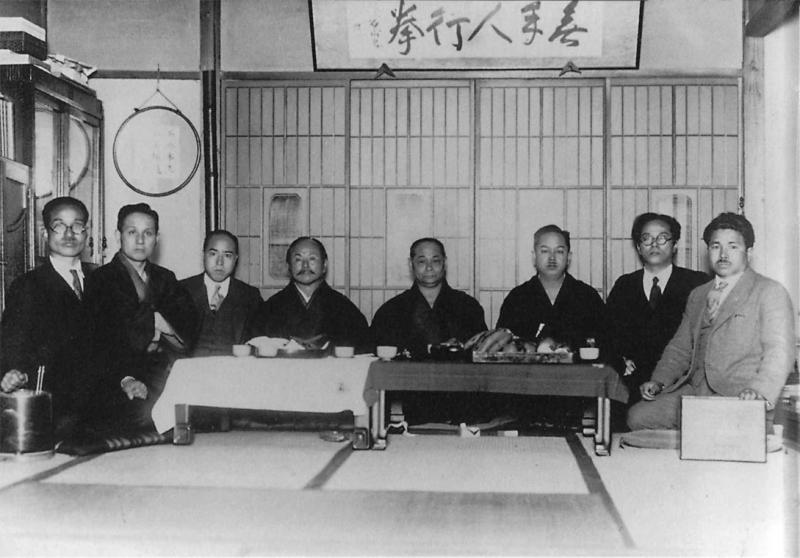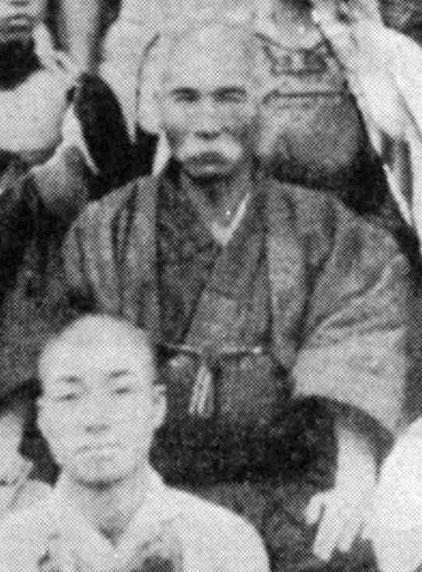Karate and its influence outside Japan Canada Karate began in Canada in the 1930s and 1940s as Japanese people immigrated to the country. Karate was practised quietly without a large amount of organization. During the Second World War, many Japanese-Canadian families were moved to the interior of British Columbia. Masaru Shintani, at the age of 13, began to study Shorin-Ryu karate in the Japanese camp under Kitigawa. In 1956 after 9 years of training with Kitigawa, Shintani travelled to Japan and met Hironori Otsuka (Wado Ryu). In 1958 Otsuka invited Shintani to join his organization Wado Kai, and in 1969 he asked Shintani to officially call his style Wado. In Canada during this same time, karate was also introduced by Masami Tsuruoka who had studied in Japan in the 1940s under Tsuyoshi Chitose. In 1954 Tsuruoka initiated the first karate competition in Canada and laid the foundation for the National Karate Association. In the late 1950s Shintani moved to Ontario and began teaching karate and judo at the Japanese Cultural Centre in Hamilton. In 1966 he began (with Otsuka's endorsement) the Shintani Wado Kai Karate Federation. During the 1970s Otsuka appointed Shintani the Supreme Instructor of Wado Kai in North America. In 1979, Otsuka publicly promoted Shintani to hachidan (8th dan) and privately gave him a kudan certificate (9th dan), which was revealed by Shintani in 1995. Shintani and Otsuka visited each other in Japan and Canada several times, the last time in 1980 two years prior to Otsuka's death. Shintani died May 7, 2000. Korea Due to past conflict between Korea and Japan, most notably during the Japanese occupation of Korea in the early 20th century, the influence of karate in Korea is a contentious issue. From 1910 until 1945, Korea was annexed by the Japanese Empire. It was during this time that many of the Korean martial arts masters of the 20th century were exposed to Japanese karate. After regaining independence from Japan, many Korean martial arts schools that opened up in the 1940s and 50's were founded by masters who had trained in karate in Japan as part of their martial arts training. Won Kuk Lee, a Korean student of Funakoshi, founded the first martial arts school after the Japanese occupation of Korea ended in 1945, called the Chung Do Kwan. Having studied under Gichin Funakoshi at Chuo University, Lee had incorporated taekkyon, kung fu, and karate in the martial art that he taught which he called "Tang Soo Do", the Korean transliteration of the Chinese characters for "Way of Chinese Hand" (???). In the mid-1950s, the martial arts schools were unified under President Rhee Syngman's order, and became taekwondo under the leadership of Choi Hong Hi and a committee of Korean masters. Choi, a significant figure in taekwondo history, had also studied karate under Funakoshi. Karate also provided an important comparative model for the early founders of taekwondo in the formalization of their art including hyung and the belt ranking system. The original taekwondo hyung were identical to karate kata. Eventually, original Korean forms were developed by individual schools and associations. Although the World Taekwondo Federation and International Taekwon-Do Federation are the most prominent among Korean martial arts organizations, tang soo do schools that teach Japanese karate still exist as they were originally conveyed to Won Kuk Lee and his contemporaries from Funakoshi. Soviet Union Karate appeared in the Soviet Union in the mid-1960s, during Nikita Khrushchev's policy of improved international relations. The first Shotokan clubs were opened in Moscow's universities. In 1973, however, the government banned karate—together with all other foreign martial arts—endorsing only the Soviet martial art of sambo. Failing to suppress these uncontrolled groups, the USSR's Sport Committee formed the Karate Federation of USSR in December 1978. On 17 May 1984, the Soviet Karate Federation was disbanded and all karate became illegal again. In 1989, karate practice became legal again, but under strict government regulations, only after the dissolution of the Soviet Union in 1991 did independent karate schools resume functioning, and so federations were formed and national tournaments in authentic styles began. United States After World War II, members of the US military learned karate in Okinawa or Japan and then opened schools in the USA. In 1945 Robert Trias opened the first dojo in the United States in Phoenix, Arizona, a Shuri-ry? karate dojo. In the 1950s, William J. Dometrich, Ed Parker, Cecil T. Patterson, Gordon Doversola, Donald Hugh Nagle, George Mattson and Peter Urban all began instructing in the US. Tsutomu Ohshima began studying karate under Shotokan's founder, Gichin Funakoshi, while a student at Waseda University, beginning in 1948. In 1957 Ohshima received his godan (fifth degree black belt), the highest rank awarded by Funakoshi. He founded the first university karate club in the United States at Caltech in 1957. In 1959 he founded the Southern California Karate Association (SCKA) which was renamed Shotokan Karate of America in 1969. In the 1960s, Anthony Mirakian, Richard Kim, Teruyuki Okazaki, John Pachivas, Allen Steen, Gosei Yamaguchi (son of G?gen Yamaguchi), Michael G. Foster and Pat Burleson began teaching martial arts around the country. In 1961 Hidetaka Nishiyama, a co-founder of the Japan Karate Association (JKA) and student of Gichin Funakoshi, began teaching in the United States. He founded the International Traditional Karate Federation (ITKF). Takayuki Mikami was sent to New Orleans by the JKA in 1963. In 1964, Takayuki Kubota relocated the International Karate Association from Tokyo to California. Europe In the 1950s and 1960s, several Japanese karate masters began to teach the art in Europe, but it was not until 1965 that the Japan Karate Association (JKA) sent to Europe four well-trained young Karate instructors Taiji Kase, Keinosuke Enoeda, Hirokazu Kanazawa and Hiroshi Shirai. Kase went to France, Enoeada to England and Shirai in Italy. These Masters maintained always a strong link between them, the JKA and the others JKA masters in the world, especially Hidetaka Nishiyama in the USA. United Kingdom Vernon Bell, a 3rd Dan Judo instructor who had been instructed by Kenshiro Abbe introduced Karate to England in 1956, having attended classes in Henry Plée's Yoseikan dojo in Paris. Yoseikan had been founded by Minoru Mochizuki, a master of multiple Japanese martial arts, who had studied Karate with Gichin Funakoshi, thus the Yoseikan style was heavily influenced by Shotokan. Bell began teaching in the tennis courts of his parents' back garden in Ilford, Essex and his group was to become the British Karate Federation. On July 19, 1957, Vietnamese Hoang Nam 3rd Dan, billed as "Karate champion of Indo China", was invited to teach by Bell at Maybush Road, but the first instructor from Japan was Tetsuji Murakami (1927-1987) a 3rd Dan Yoseikan under Minoru Mochizuki and 1st Dan of the JKA, who arrived in England in July 1959. In 1959 Frederick Gille set up the Liverpool branch of the British Karate Federation, which was officially recognised in 1961. The Liverpool branch was based at Harold House Jewish Boys Club in Chatham Street before relocating to the YMCA in Everton where it became known as the Red Triangle. One of the early members of this branch was Andy Sherry who had previously studied Jujutsu with Jack Britten. In 1961 Edward Ainsworth, another blackbelt Judoka, set up the first Karate study group in Ayrshire, Scotland having attended Bell's third 'Karate Summer School' in 1961. Outside of Bell's organisation, Charles Mack traveled to Japan and studied under Masatoshi Nakayama of the Japan Karate Association who graded Mack to 1st Dan Shotokan on March 4, 1962 in Japan. Shotokai Karate was introduced to England in 1963 by another of Gichin Funakoshi's students, Mitsusuke Harada. Outside of the Shotokan stable of karate styles, Wado Ryu Karate was also an early adopted style in the UK, introduced by Tatsuo Suzuki, a 6th Dan at the time in 1964. Despite the early adoption of Shotokan in the UK, it was not until 1964 that JKA Shotokan officially came to the UK. Bell had been corresponding with the JKA in Tokyo asking for his grades to be ratified in Shotokan having apparently learnt that Murakami was not a designated representative of the JKA. The JKA obliged, and without enforcing a grading on Bell, ratified his black belt on February 5, 1964, though he had to relinquish his Yoseikan grade. Bell requested a visitation from JKA instructors and the next year Taiji Kase, Hirokazu Kanazawa, Keinosuke Enoeda and Hiroshi Shirai gave the first JKA demo at Kensington Town Hall on April 21, 1965. Hirokazu Kanazawa and Keinosuke Enoeda stayed and Murakami left (later re-emerging as a 5th Dan Shotokai under Harada). In 1966, members of the former British Karate Federation established the Karate Union of Great Britain (KUGB) under Hirokazu Kanazawa as chief instructor and affiliated to JKA. Keinosuke Enoeda came to England at the same time as Kanazawa, teaching at a dojo in Liverpool. Kanazawa left the UK after 3 years and Enoeda took over. After Enoeda’s death in 2003, the KUGB elected Andy Sherry as Chief Instructor. Shortly after this, a new association split off from KUGB, JKA England. An earlier significant split from the KUGB took place in 1991 when a group led by KUGB senior instructor Steve Cattle formed the English Shotokan Academy (ESA). The aim of this group was to follow the teachings of Taiji Kase, formerly the JKA chief instructor in Europe, who along with Hiroshi Shirai created the World Shotokan Karate-do Academy (WKSA), in 1989 in order to pursue the teaching of "Budo" karate as opposed to what he viewed as "sport karate". Kase sought to return the practice of Shotokan Karate to its martial roots, reintroducing amongst other things open hand and throwing techniques that had been side lined as the result of competition rules introduced by the JKA. Both the ESA and the WKSA (renamed the Kase-Ha Shotokan-Ryu Karate-do Academy (KSKA) after Kase’s death in 2004) continue following this path today. In 1975 Great Britain became the first team ever to take the World male team title from Japan after being defeated the previous year in the final. Italy Hiroshi Shirai, one of the original instructors sent by the JKA to Europe along with Kase, Enoeda and Kanazawa, moved to Italy in 1965 and quickly established a Shotokan enclave that spawned several instructors who in their turn soon spread the style all over the country. By 1970 Shotokan karate was the most spread martial art in Italy apart from Judo. Other styles such as Wado Ryu, Goju Ryu and Shito Ryu, although present and well established in Italy, were never able to break the monopoly of Shotokan. France France Shotokan Karate was created in 1964 by Tsutomu Ohshima. It is affiliated with another of his organizations, Shotokan Karate of America (SKA). However, in 1965 Taiji Kase came from Japan along with Enoeda and Shirai, who went to England and Italy respectively, and karate came under the influence of the JKA. Africa Karate has grown in popularity in Africa, particularly in South Africa and Ghana.
Karate and its influence outside Japan Canada Karate began in Canada in the 1930s and 1940s as Japanese people immigrated to the country. Karate was practised quietly without a large amount of organization. During the Second World War, many Japanese-Canadian families were moved to the interior of British Columbia. Masaru Shintani, at the age of 13, began to study Shorin-Ryu karate in the Japanese camp under Kitigawa. In 1956 after 9 years of training with Kitigawa, Shintani travelled to Japan and met Hironori Otsuka (Wado Ryu). In 1958 Otsuka invited Shintani to join his organization Wado Kai, and in 1969 he asked Shintani to officially call his style Wado. In Canada during this same time, karate was also introduced by Masami Tsuruoka who had studied in Japan in the 1940s under Tsuyoshi Chitose. In 1954 Tsuruoka initiated the first karate competition in Canada and laid the foundation for the National Karate Association. In the late 1950s Shintani moved to Ontario and began teaching karate and judo at the Japanese Cultural Centre in Hamilton. In 1966 he began (with Otsuka's endorsement) the Shintani Wado Kai Karate Federation. During the 1970s Otsuka appointed Shintani the Supreme Instructor of Wado Kai in North America. In 1979, Otsuka publicly promoted Shintani to hachidan (8th dan) and privately gave him a kudan certificate (9th dan), which was revealed by Shintani in 1995. Shintani and Otsuka visited each other in Japan and Canada several times, the last time in 1980 two years prior to Otsuka's death. Shintani died May 7, 2000. Korea Due to past conflict between Korea and Japan, most notably during the Japanese occupation of Korea in the early 20th century, the influence of karate in Korea is a contentious issue. From 1910 until 1945, Korea was annexed by the Japanese Empire. It was during this time that many of the Korean martial arts masters of the 20th century were exposed to Japanese karate. After regaining independence from Japan, many Korean martial arts schools that opened up in the 1940s and 50's were founded by masters who had trained in karate in Japan as part of their martial arts training. Won Kuk Lee, a Korean student of Funakoshi, founded the first martial arts school after the Japanese occupation of Korea ended in 1945, called the Chung Do Kwan. Having studied under Gichin Funakoshi at Chuo University, Lee had incorporated taekkyon, kung fu, and karate in the martial art that he taught which he called "Tang Soo Do", the Korean transliteration of the Chinese characters for "Way of Chinese Hand" (???). In the mid-1950s, the martial arts schools were unified under President Rhee Syngman's order, and became taekwondo under the leadership of Choi Hong Hi and a committee of Korean masters. Choi, a significant figure in taekwondo history, had also studied karate under Funakoshi. Karate also provided an important comparative model for the early founders of taekwondo in the formalization of their art including hyung and the belt ranking system. The original taekwondo hyung were identical to karate kata. Eventually, original Korean forms were developed by individual schools and associations. Although the World Taekwondo Federation and International Taekwon-Do Federation are the most prominent among Korean martial arts organizations, tang soo do schools that teach Japanese karate still exist as they were originally conveyed to Won Kuk Lee and his contemporaries from Funakoshi. Soviet Union Karate appeared in the Soviet Union in the mid-1960s, during Nikita Khrushchev's policy of improved international relations. The first Shotokan clubs were opened in Moscow's universities. In 1973, however, the government banned karate—together with all other foreign martial arts—endorsing only the Soviet martial art of sambo. Failing to suppress these uncontrolled groups, the USSR's Sport Committee formed the Karate Federation of USSR in December 1978. On 17 May 1984, the Soviet Karate Federation was disbanded and all karate became illegal again. In 1989, karate practice became legal again, but under strict government regulations, only after the dissolution of the Soviet Union in 1991 did independent karate schools resume functioning, and so federations were formed and national tournaments in authentic styles began. United States After World War II, members of the US military learned karate in Okinawa or Japan and then opened schools in the USA. In 1945 Robert Trias opened the first dojo in the United States in Phoenix, Arizona, a Shuri-ry? karate dojo. In the 1950s, William J. Dometrich, Ed Parker, Cecil T. Patterson, Gordon Doversola, Donald Hugh Nagle, George Mattson and Peter Urban all began instructing in the US. Tsutomu Ohshima began studying karate under Shotokan's founder, Gichin Funakoshi, while a student at Waseda University, beginning in 1948. In 1957 Ohshima received his godan (fifth degree black belt), the highest rank awarded by Funakoshi. He founded the first university karate club in the United States at Caltech in 1957. In 1959 he founded the Southern California Karate Association (SCKA) which was renamed Shotokan Karate of America in 1969. In the 1960s, Anthony Mirakian, Richard Kim, Teruyuki Okazaki, John Pachivas, Allen Steen, Gosei Yamaguchi (son of G?gen Yamaguchi), Michael G. Foster and Pat Burleson began teaching martial arts around the country. In 1961 Hidetaka Nishiyama, a co-founder of the Japan Karate Association (JKA) and student of Gichin Funakoshi, began teaching in the United States. He founded the International Traditional Karate Federation (ITKF). Takayuki Mikami was sent to New Orleans by the JKA in 1963. In 1964, Takayuki Kubota relocated the International Karate Association from Tokyo to California. Europe In the 1950s and 1960s, several Japanese karate masters began to teach the art in Europe, but it was not until 1965 that the Japan Karate Association (JKA) sent to Europe four well-trained young Karate instructors Taiji Kase, Keinosuke Enoeda, Hirokazu Kanazawa and Hiroshi Shirai. Kase went to France, Enoeada to England and Shirai in Italy. These Masters maintained always a strong link between them, the JKA and the others JKA masters in the world, especially Hidetaka Nishiyama in the USA. United Kingdom Vernon Bell, a 3rd Dan Judo instructor who had been instructed by Kenshiro Abbe introduced Karate to England in 1956, having attended classes in Henry Plée's Yoseikan dojo in Paris. Yoseikan had been founded by Minoru Mochizuki, a master of multiple Japanese martial arts, who had studied Karate with Gichin Funakoshi, thus the Yoseikan style was heavily influenced by Shotokan. Bell began teaching in the tennis courts of his parents' back garden in Ilford, Essex and his group was to become the British Karate Federation. On July 19, 1957, Vietnamese Hoang Nam 3rd Dan, billed as "Karate champion of Indo China", was invited to teach by Bell at Maybush Road, but the first instructor from Japan was Tetsuji Murakami (1927-1987) a 3rd Dan Yoseikan under Minoru Mochizuki and 1st Dan of the JKA, who arrived in England in July 1959. In 1959 Frederick Gille set up the Liverpool branch of the British Karate Federation, which was officially recognised in 1961. The Liverpool branch was based at Harold House Jewish Boys Club in Chatham Street before relocating to the YMCA in Everton where it became known as the Red Triangle. One of the early members of this branch was Andy Sherry who had previously studied Jujutsu with Jack Britten. In 1961 Edward Ainsworth, another blackbelt Judoka, set up the first Karate study group in Ayrshire, Scotland having attended Bell's third 'Karate Summer School' in 1961. Outside of Bell's organisation, Charles Mack traveled to Japan and studied under Masatoshi Nakayama of the Japan Karate Association who graded Mack to 1st Dan Shotokan on March 4, 1962 in Japan. Shotokai Karate was introduced to England in 1963 by another of Gichin Funakoshi's students, Mitsusuke Harada. Outside of the Shotokan stable of karate styles, Wado Ryu Karate was also an early adopted style in the UK, introduced by Tatsuo Suzuki, a 6th Dan at the time in 1964. Despite the early adoption of Shotokan in the UK, it was not until 1964 that JKA Shotokan officially came to the UK. Bell had been corresponding with the JKA in Tokyo asking for his grades to be ratified in Shotokan having apparently learnt that Murakami was not a designated representative of the JKA. The JKA obliged, and without enforcing a grading on Bell, ratified his black belt on February 5, 1964, though he had to relinquish his Yoseikan grade. Bell requested a visitation from JKA instructors and the next year Taiji Kase, Hirokazu Kanazawa, Keinosuke Enoeda and Hiroshi Shirai gave the first JKA demo at Kensington Town Hall on April 21, 1965. Hirokazu Kanazawa and Keinosuke Enoeda stayed and Murakami left (later re-emerging as a 5th Dan Shotokai under Harada). In 1966, members of the former British Karate Federation established the Karate Union of Great Britain (KUGB) under Hirokazu Kanazawa as chief instructor and affiliated to JKA. Keinosuke Enoeda came to England at the same time as Kanazawa, teaching at a dojo in Liverpool. Kanazawa left the UK after 3 years and Enoeda took over. After Enoeda’s death in 2003, the KUGB elected Andy Sherry as Chief Instructor. Shortly after this, a new association split off from KUGB, JKA England. An earlier significant split from the KUGB took place in 1991 when a group led by KUGB senior instructor Steve Cattle formed the English Shotokan Academy (ESA). The aim of this group was to follow the teachings of Taiji Kase, formerly the JKA chief instructor in Europe, who along with Hiroshi Shirai created the World Shotokan Karate-do Academy (WKSA), in 1989 in order to pursue the teaching of "Budo" karate as opposed to what he viewed as "sport karate". Kase sought to return the practice of Shotokan Karate to its martial roots, reintroducing amongst other things open hand and throwing techniques that had been side lined as the result of competition rules introduced by the JKA. Both the ESA and the WKSA (renamed the Kase-Ha Shotokan-Ryu Karate-do Academy (KSKA) after Kase’s death in 2004) continue following this path today. In 1975 Great Britain became the first team ever to take the World male team title from Japan after being defeated the previous year in the final. Italy Hiroshi Shirai, one of the original instructors sent by the JKA to Europe along with Kase, Enoeda and Kanazawa, moved to Italy in 1965 and quickly established a Shotokan enclave that spawned several instructors who in their turn soon spread the style all over the country. By 1970 Shotokan karate was the most spread martial art in Italy apart from Judo. Other styles such as Wado Ryu, Goju Ryu and Shito Ryu, although present and well established in Italy, were never able to break the monopoly of Shotokan. France France Shotokan Karate was created in 1964 by Tsutomu Ohshima. It is affiliated with another of his organizations, Shotokan Karate of America (SKA). However, in 1965 Taiji Kase came from Japan along with Enoeda and Shirai, who went to England and Italy respectively, and karate came under the influence of the JKA. Africa Karate has grown in popularity in Africa, particularly in South Africa and Ghana.






